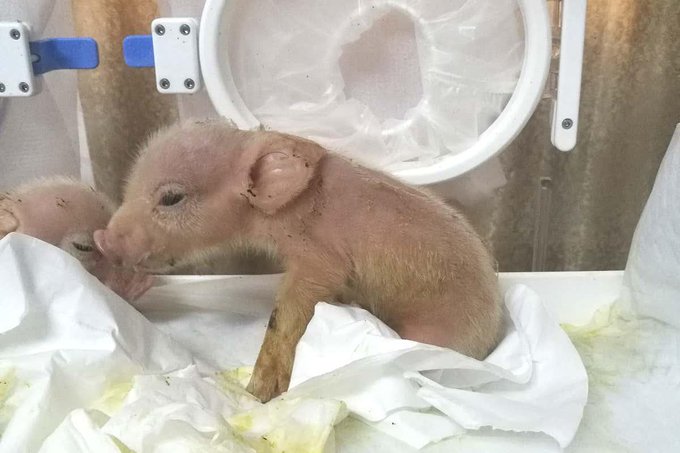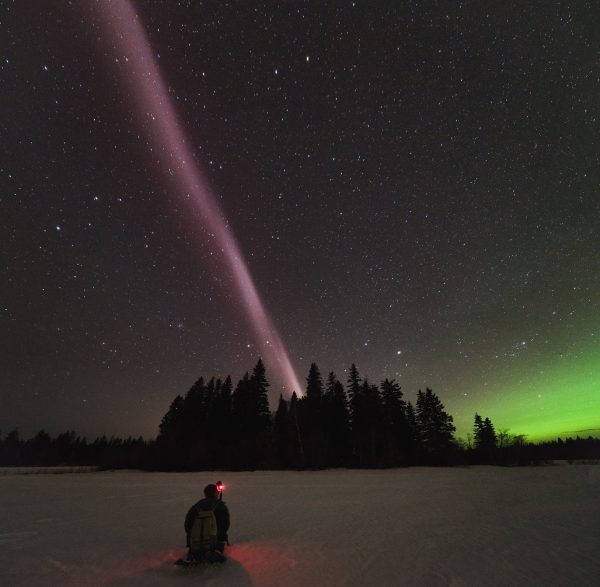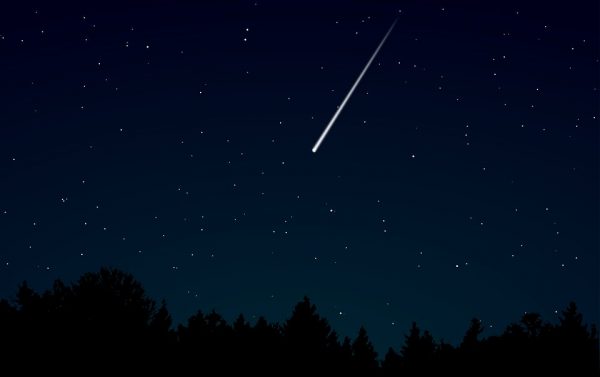FOR READERS: It’s Not Right, But I Don’t Care
FOR READERS Today’s reader topic comes from QSFer Olivia Wylie: Ever read a sci fi book that you know are not scientifically accurate, but you love anyway? Share your faves and tell us why. Writers: This is a reader chat – you are welcome to join it, but please do not reference your own works directly. Thanks! Join the chat: FB: http://bit.ly/1MvPABV MeWe: http://bit.ly/2mjg8lf











